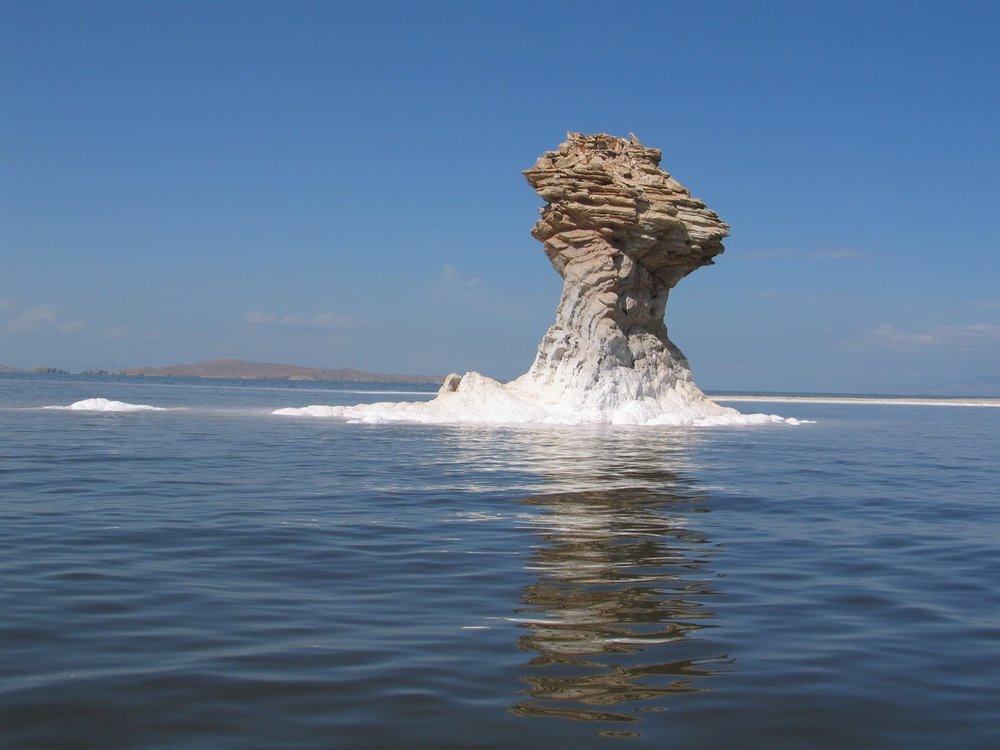Agricultural water use fallen by 40% in Lake Urmia basin

TEHRAN — Implementation of the Lake Urmia restoration programs applying sustainable agricultural techniques and water-saving measures, has led to 35-40 percent drop in agricultural water consumption in the catchment basin of the Lake, head of the Conservation of Iranian Wetlands Project (CIWP) has said.
In addition to water consumed in agricultural lands, the amount of chemical inputs contaminating groundwater and wetlands has also decreased by 40-50 percent and even 100 percent in some areas, IRNA quoted Abolfazl Abesht as saying on Sunday.
The 4th phase of joint cooperation between Iran’s Department of Environment, UNDP, and Japan for Lake Urmia restoration was a continuation of three-year attempt to revive the lake through engaging local community and farmers by applying sustainable agricultural techniques with Japanese government making a contribution of $1 million, he explained.
In the first phase of the project the Japanese government had contributed $1 million to the UNDP for Lake Urmia. In March 2014 the Japanese government provided the first grant to UNDP. The contribution was implemented as a component of UNDP's ongoing Conservation of Iranian Wetlands Project, a plan in which UNDP is partnering with Iran's Department of Environment.
Building on the first phase which piloted successful water-saving measures to restore Lake Urmia, the governments of Iran and Japan along with the United Nations signed into effect a project extension (the second phase) in March 2015 which added another $1 million to the combined effort.
The third phase of Contribution to Lake Urmia Restoration document was signed on April 6, 2016 and Japan has allocated another $1 million to the project.
The program is currently being implemented in 11 cities and 130 villages in the Lake Urmia basin, which is involved by more than 10,000 farmers and locals, Abesht stated.
He went on to note that the main goal of the project is to elicit people’s participation for the revitalization of Lake Urmia, so that the local community are involved in planning, decision making and implementation of the programs.
Pointing to the project which increases the technical capacity of farmers, he said that the project costing a low price, has not imposed heavy financial burden on the farmers, as it employed simple methods, including, changing planting patterns or reducing chemical inputs in the agricultural lands.
Referring to cross-sectoral cooperation as another achievement of the project, he stated that all the related organizations such as the Ministry of Energy, Ministry of Agriculture and the residents are well collaborating in this manner, which is unique in the country.
Speaking about the importance of training on how to consume an adequate amount of water in the industrial, agricultural and public sectors, Abesht highlighted that according to the Tarbiat Modarres University, agricultural production in the target farms increased up to 20 percent.
The establishment of NGOs contributing to water-saving activities, along with the protection of endangered species and ecosystems are among the other objectives of the project, he concluded.
The lake, shared between West Azarbaijan and East Azarbaijan provinces, used to be the largest salt-water lake in the Middle East. However, it started to shrink in 1990s. The drastic decrease of the lake water level over the past 20 years has seriously affected the lake’s wildlife and human ecology.
The volume of water which measured at 30 billion cubic meters dramatically decreased to half a billion cubic meters in 2013 and again rose to 2.5 billion cubic meters in 2017 and accordingly lake surface area of 5,000 square kilometers in 1997 shrunk to one tenth of that to 500 square kilometers in 2013.
As per the data published on Iran Environment and Wildlife Watch website on April 8, the lake is stretching over some 2,200 square kilometers and the volume of water is measured at some 2 billion cubic meters.
FB/MQ/MG
